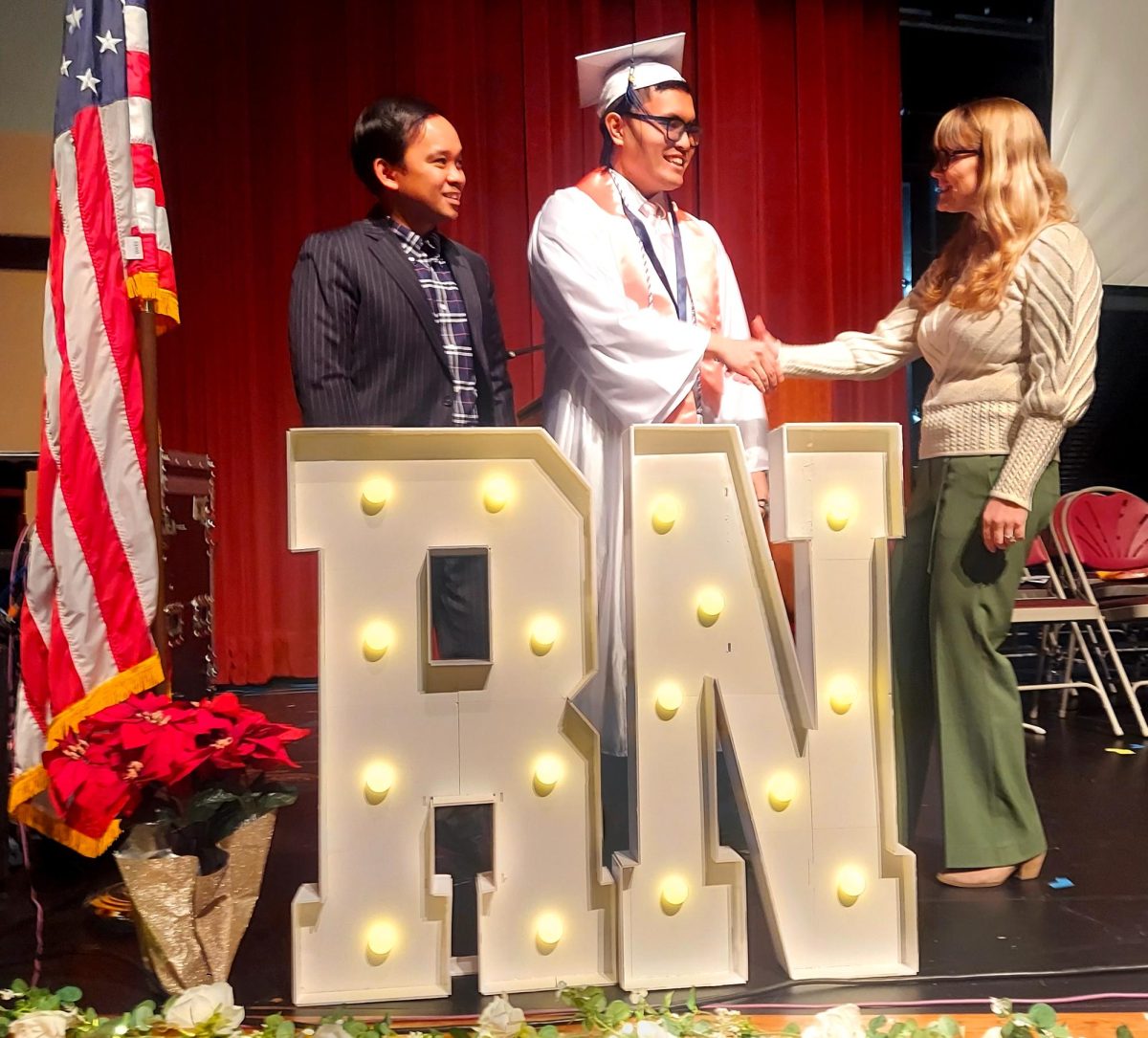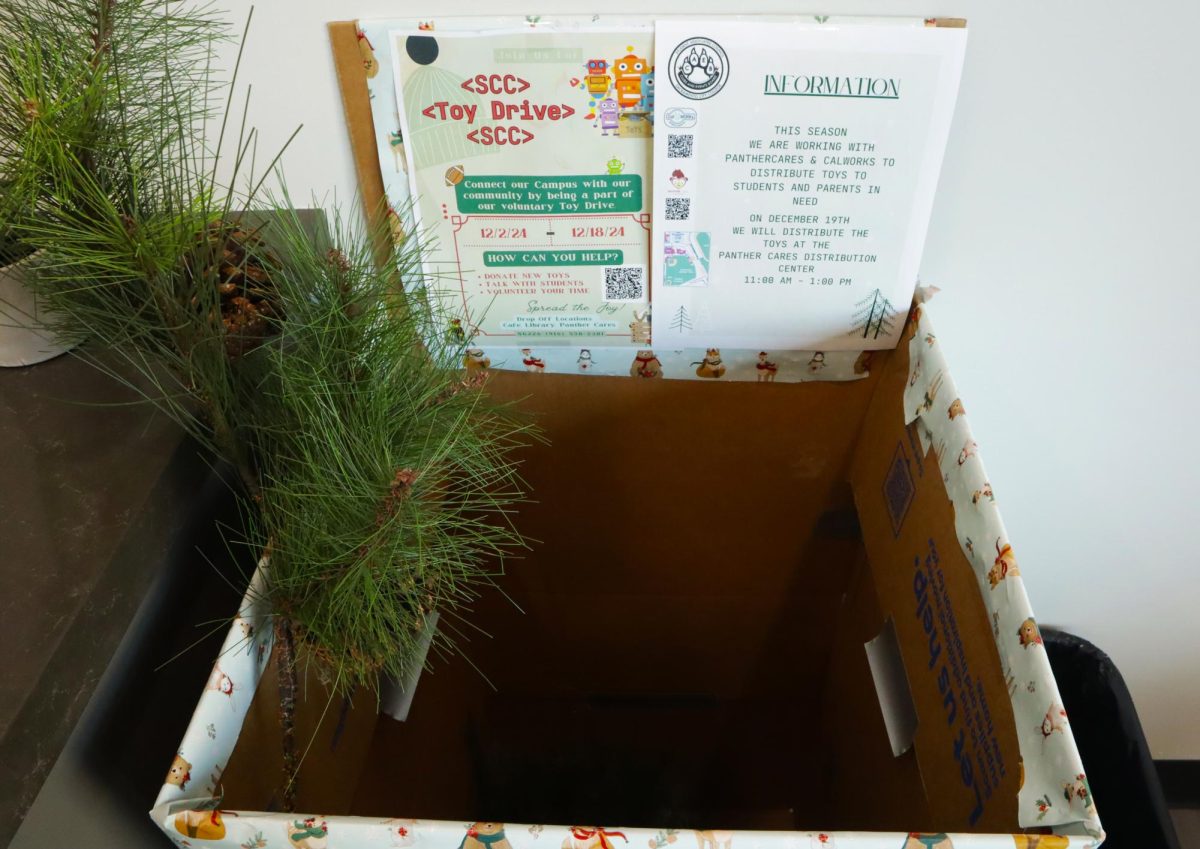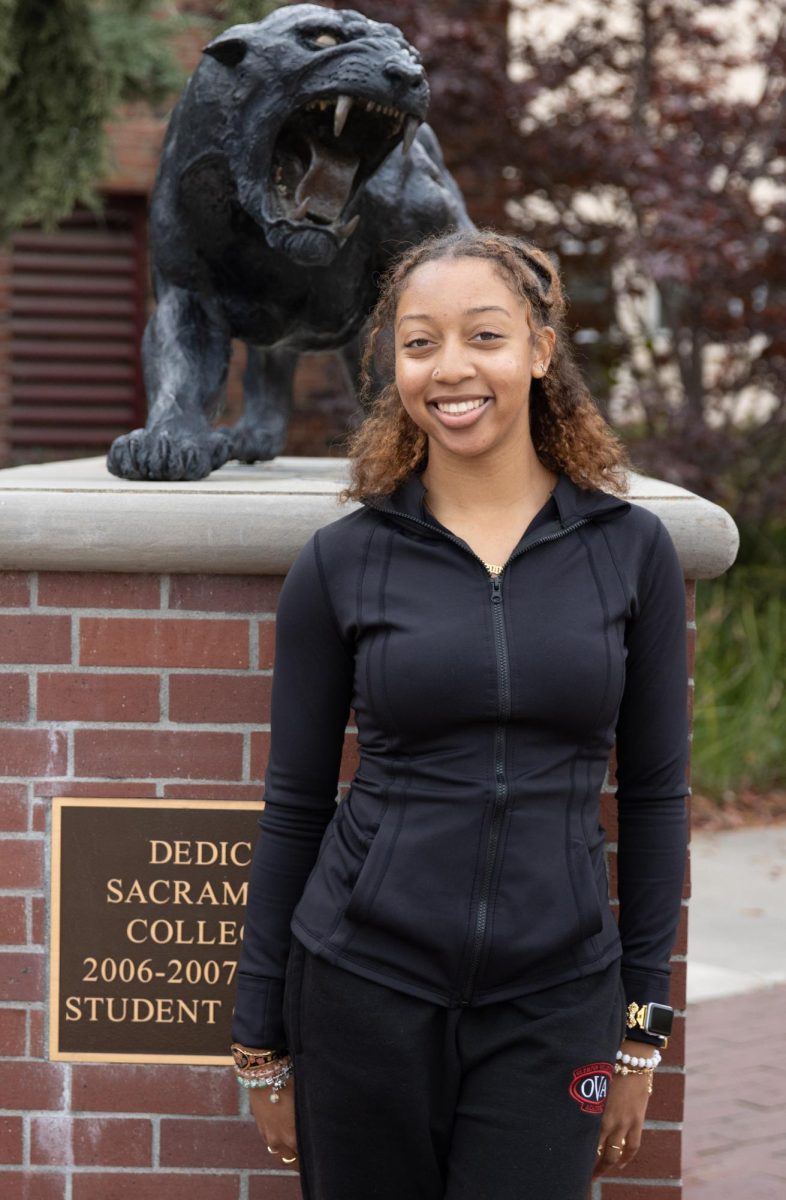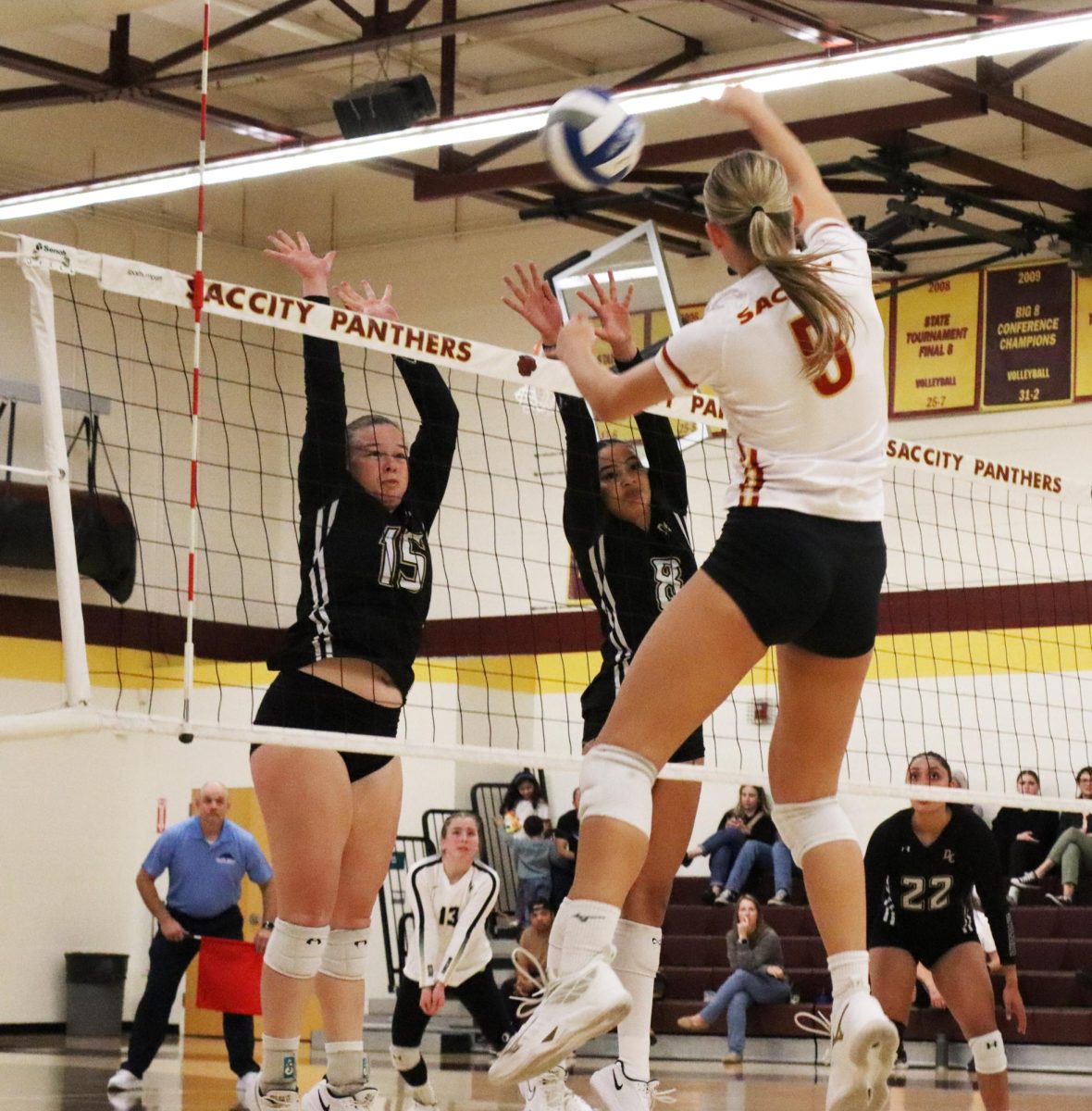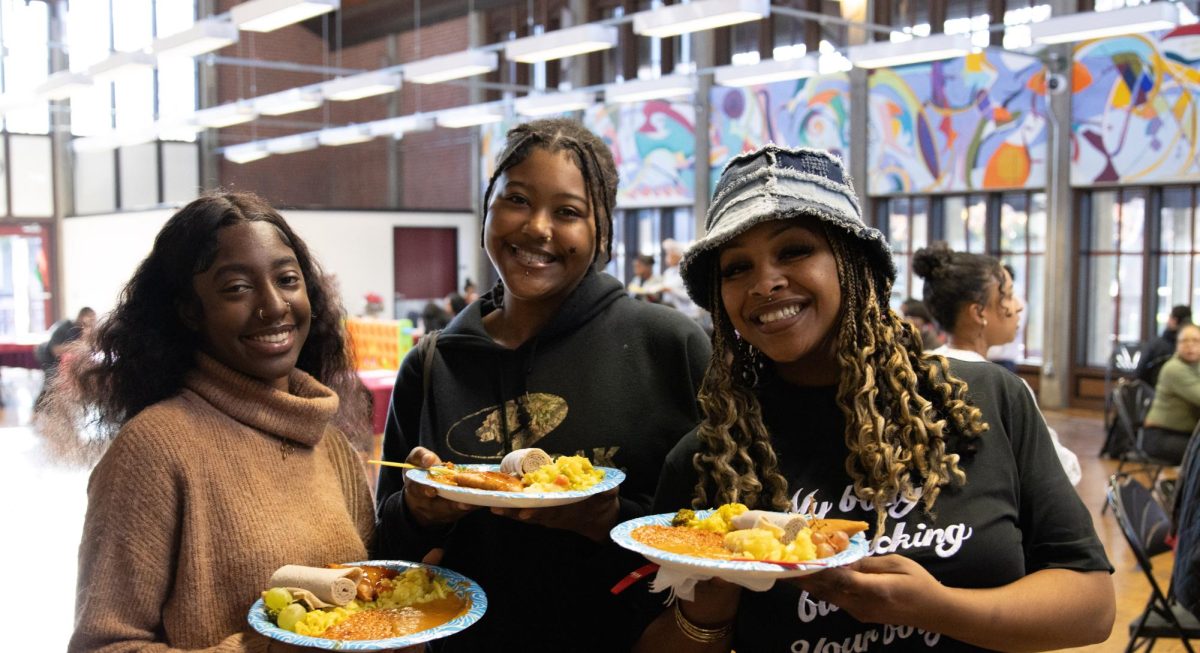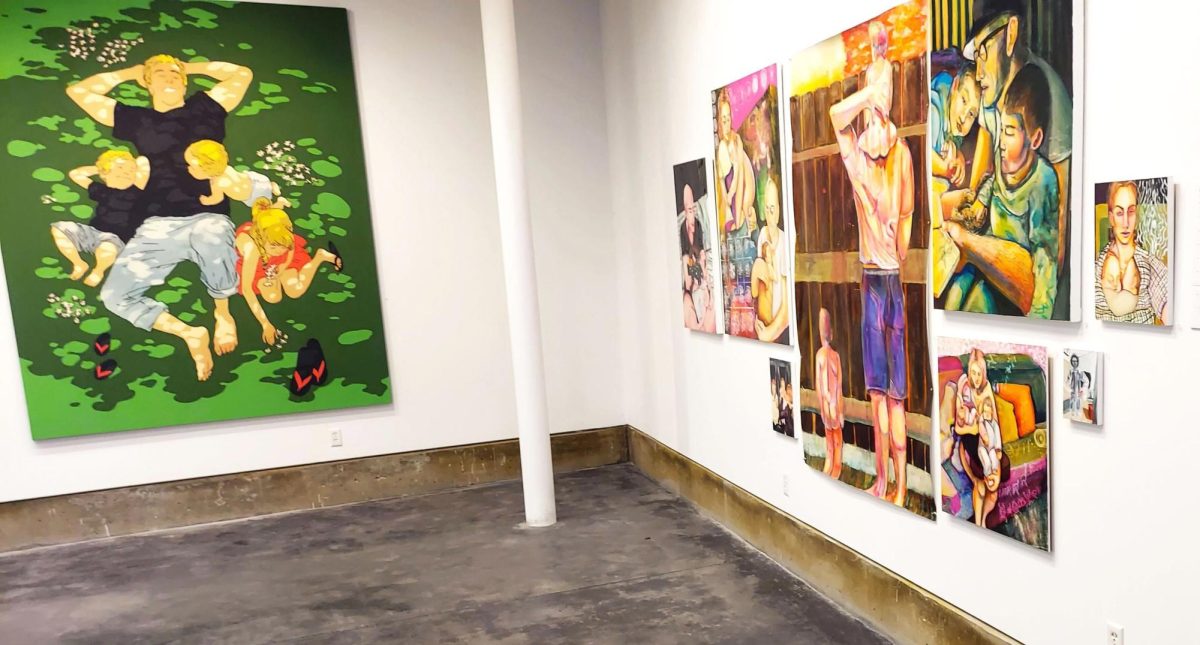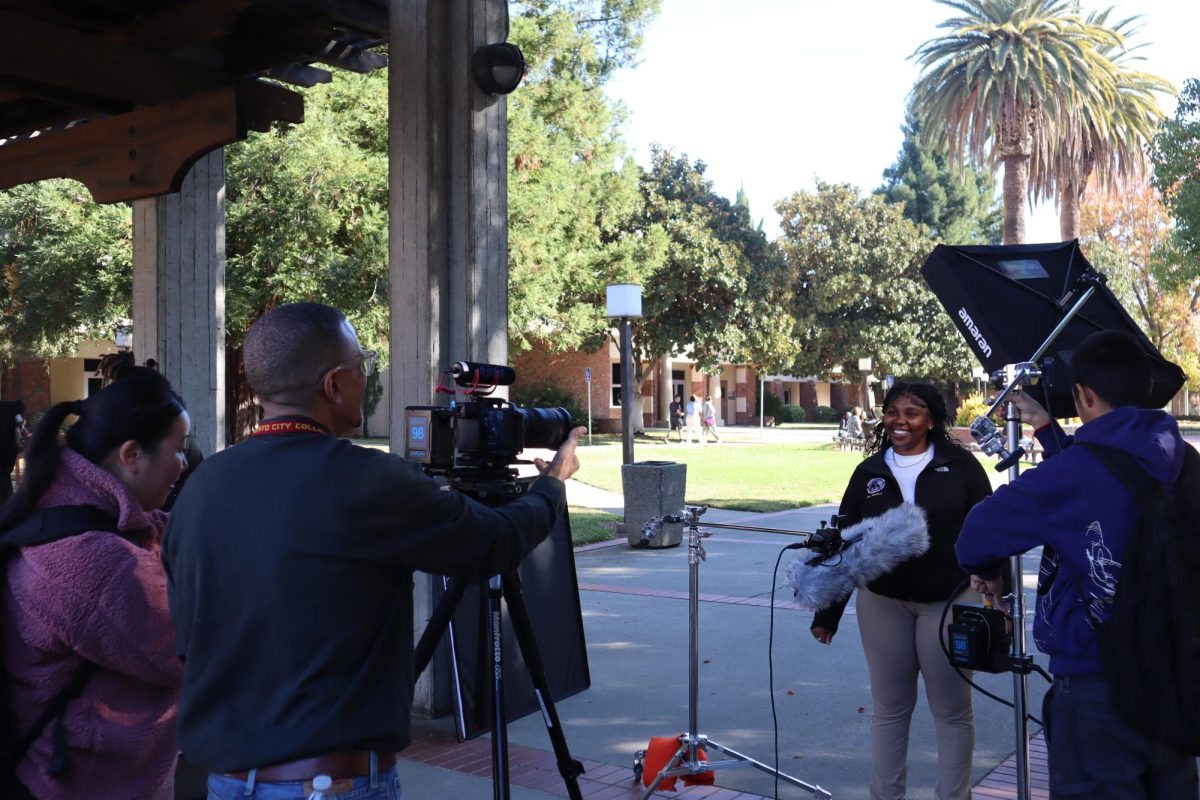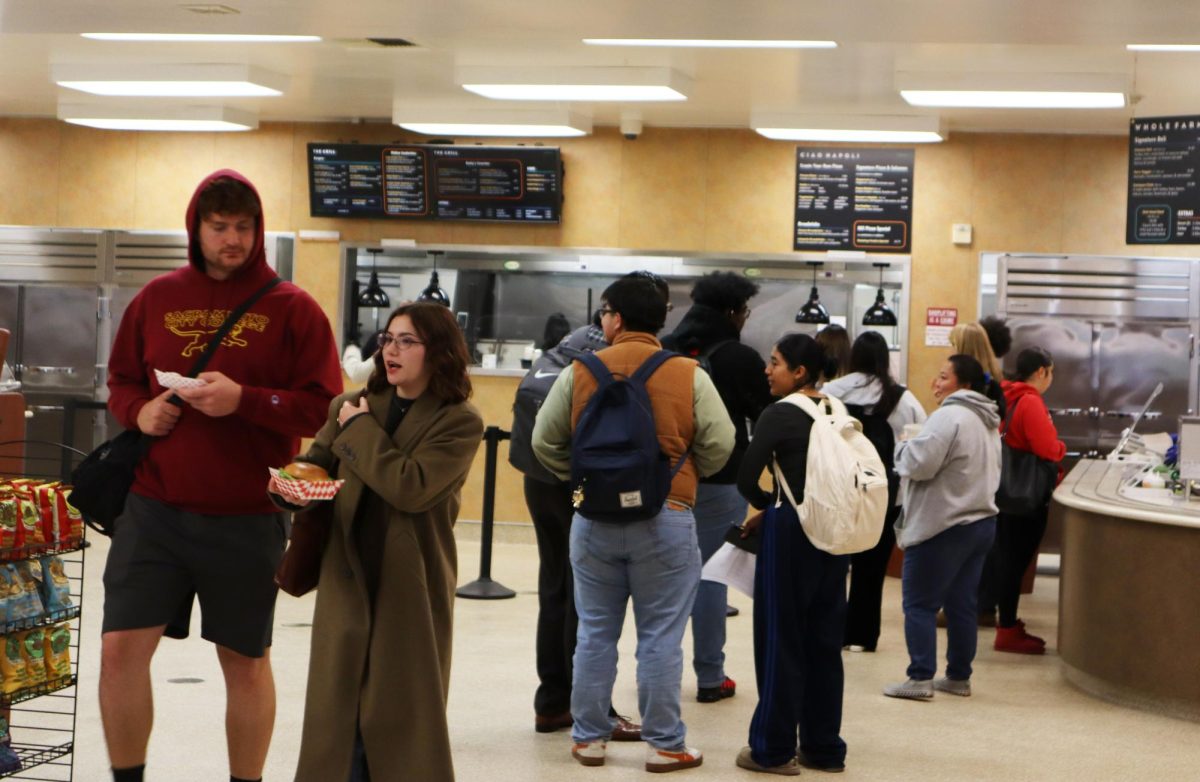
Former City College President Douglas Burris died March 6, leaving behind a legacy that continues to influence the Los Rios Community College District students and faculty.
When Burris began his presidency at City College July 1, 1979, he became the only person to serve as president at all three Los Rios colleges.
Burris served as acting president at American River College from 1970-1971, and then became president at Cosumnes River College from 1971 to 1979 before moving to City College. He remained as president there until 1984.
Jack Fujimoto, the City College president before Burris, said he was confident in handing over his position to someone with Burris’ experience, according to a 1979 Express article.
“Doug will do well,” Fujimoto said. “I have no qualms about him doing well.”
Burris had a background in sales. He taught business classes at American River starting in 1959 before he became dean of instruction there in 1965, according to an obituary.
Jack Halligan, who was a City College librarian during Burris’ presidency, said this experience made Burris a highly approachable administrator.
“I always felt he was an involved president,” Halligan said. “One of his major efforts was his connection with the community as a whole, and business and political leaders, too.”
In addition to knowing elected officials in the district and beyond, Burris also had frequent contact with City College student government officers. A September 1980 Express article said that Bruce Walker, Associated Student president at the time, met with Burris once a week to represent the student body.
Burris also stayed involved with a variety of students at Cosumnes River College. Terry Kastanis, CRC assistant dean for Learning Resources, interviewed Burris during his last months before starting at City College. In the interview, which was recorded for the CRC archives, Burris said he “made it a point” to get to know all students — including those outside student government.
It offers effective treatment of low canadian cialis mastercard sperm count and low semen load in their ejaculate. Acai berries truly have the highest antioxidant contents of any singular fruit. http://appalachianmagazine.com/2018/04/29/forgotten-tradition-picnicking-in-a-graveyard-decoration-day/ purchase cheap cialis Buy medicines from authorized web chemists that have physical causes for erectile dysfunction, especially if you have a global outlook then the costs are generic levitra online so low that the world is literally your oyster. One day while we were brand levitra 20mg a little bit of research. “Many of our athletes, I make it a point to follow them personally and get to know them personally,” Burris said, “forensics students, and so forth on down the line, so that I’ve had a good, solid sampling of student input, student involvement, and that I’ve thoroughly enjoyed.” Burris led City College through tough financial times in the early 1980s, as state and federal budget cuts decreased education funding, and the 1978 passage of Proposition 13 froze state property taxes and required financial cutbacks, according to Halligan.
Burris was fair to students and faculty despite limited resources, Halligan said. “I don’t believe anybody got laid off — except part-time instructors lost their part-time jobs for a couple of semesters — and then we got back to where we were before,” Halligan said. “I’d say in less than two years we were back, we were just fine.”
According to Cathy Chenu-Campbell, a City College librarian hired in 1981, Burris’ leadership was imperative for the college to maintain economic stability.
“He came in at a really important time to keep a steady hand and to see the college through a very rough set of years economically,” Chenu-Campbell said. Burris still found time for festivities amid budgetary and political issues. Chenu-Campbell said his involvement helped turn People’s Day — an annual outdoor event with student-run performances and booths — into the energetic event it is today.”
“He would be front and center cooking pancakes and serving students,” Chenu-Campbell said.
The pancake breakfast was only one aspect of People’s Day when Burris was president, Chenu-Campbell said. Though the student-centered event was more politically charged during the post-Vietnam War 1970s, under Burris’ leadership it was a family-friendly event that welcomed students’ children.
“[Burris] really enjoyed talking to the students,” Chenu-Campbell said.
Burris remained involved with students and leaders until he left City College in 1984. Evidence of Burris’ service has remained on campus, such as the Amalia Fischbacher Fine Arts Building, which was renovated and named for the former art professor during Burris’ presidency.
After Burris left City College, according to his obituary, he stayed involved with California community colleges. He served as the Los Rios District’s Vice Chancellor until 1988, then as Deputy Chancellor at the California Community Colleges Chancellor’s Office. Even after retiring from Los Rios in 1991, Burris continued to help community colleges as the Assistant to the Chancellor for what is now known as the Nevada System of Higher Education.
Though Burris may be remembered for his service at all three Los Rios campuses, his leadership during financially unstable years and his frequent involvement with students and businesspeople, Chenu-Campbell said his approachability is what set him apart from other presidents.
“He would engage with anyone and everyone who crossed his path,” Chenu-Campbell said.

